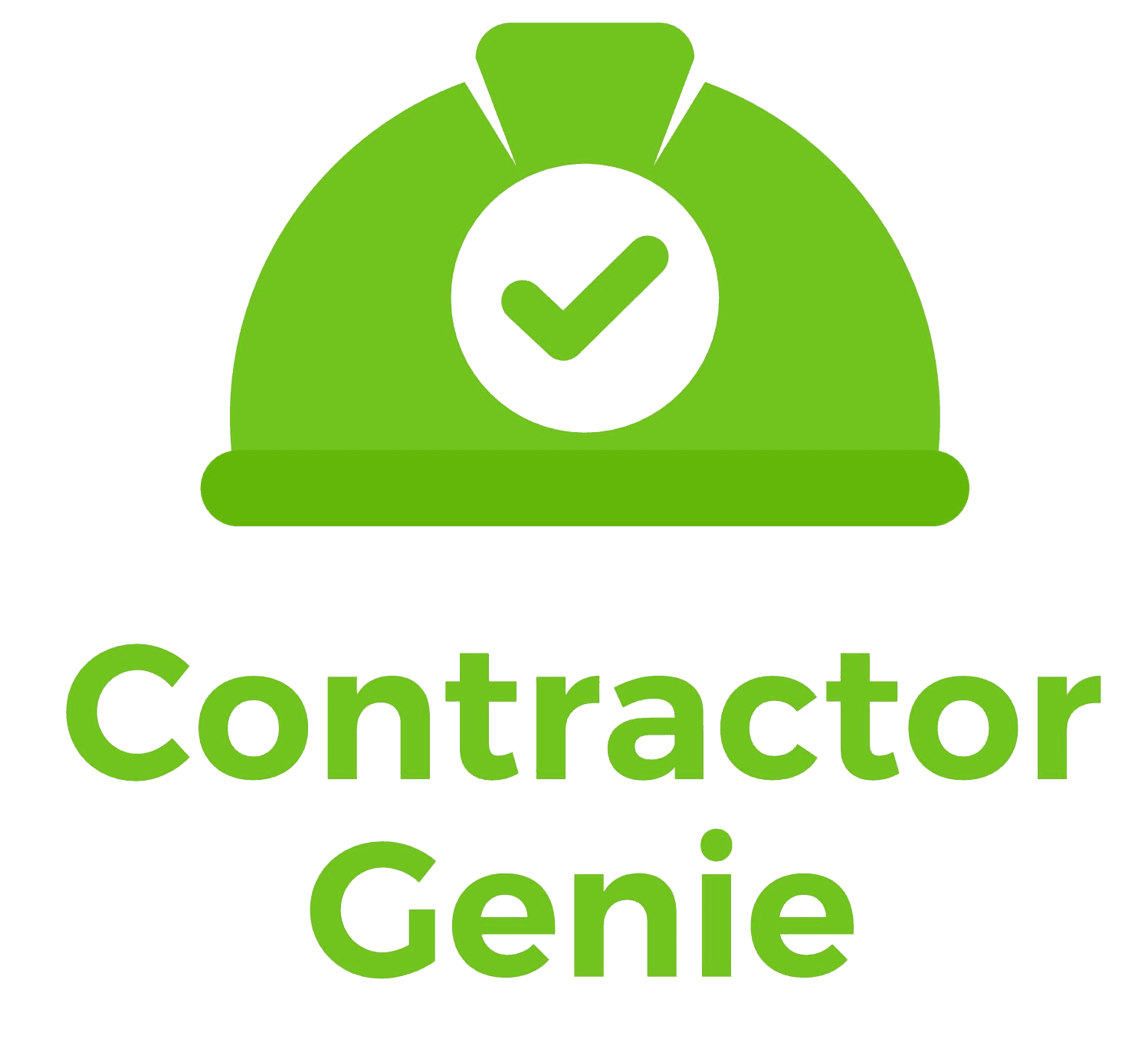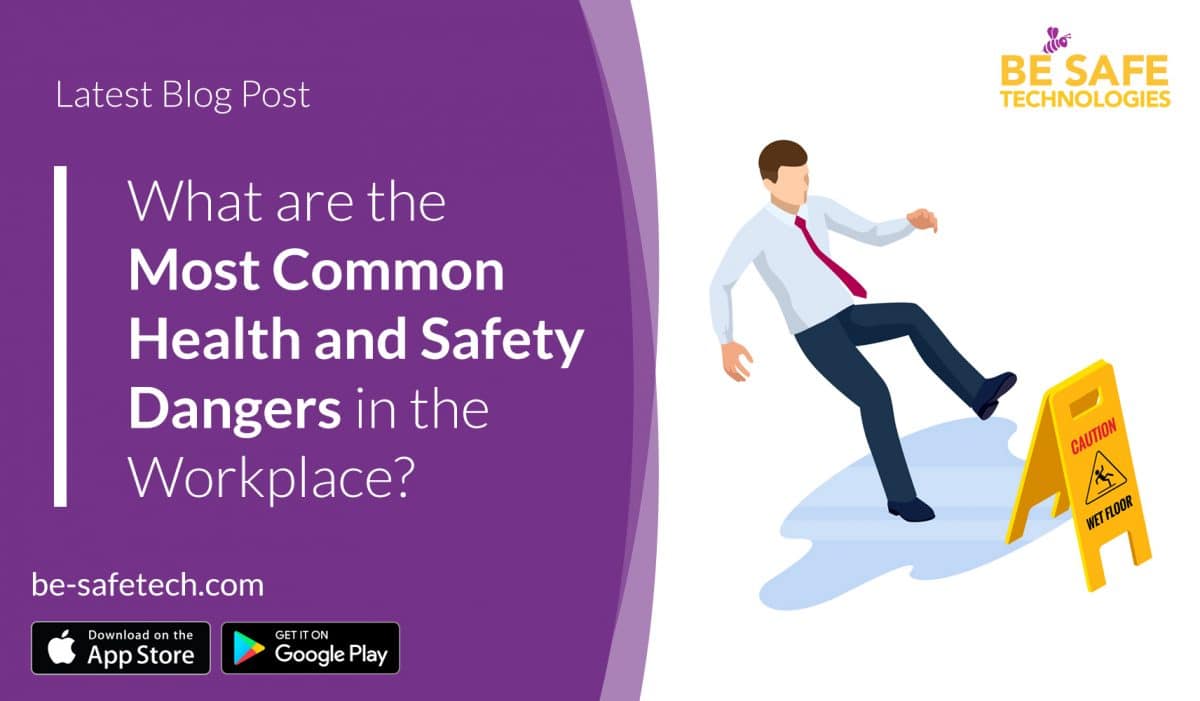The Most Common Health and Safety Dangers in the Workplace
When it comes to assessing dangers in the workplace, where do you even start? With the cranes on a building yard? The hazardous chemicals in a factory? The machinery in a manufacturing plant?
How about the office chair someone always leaves in the middle of the room?
When it comes to operating heavy machinery, working with dangerous chemicals or carrying out tasks that require high levels of skill and training, we rightly expect that the people involved have the expertise and equipment they need to do the job safely and efficiently. There are regulations in place to ensure this, and with proper compliance, an employer can have the peace of mind that those high-risk level hazards are assessed and addressed with competency.
Let’s take those hazardous chemicals for a minute: the worker handling them is qualified to do so. They’re provided with the correct PPE, and their task is clearly communicated to them. Controls are in place to limit the risk those chemicals pose to the employee using them… right up until they trip over an extension lead left behind after someone brought a portable heater into the workplace. All of a sudden, hazardous chemicals aren’t the most significant risk to that employee’s safety.
But if good practice in health and safety is the assessment and triaging of hazards, how do we ensure that our employees see the bigger picture?
The HSE report that the number 1 hazard in the workplace is slips, trips and falls. They account for 30% of all workplace accidents, have one of the highest probabilities of occurrence, create significant vulnerability within the workplace, and yet are among the most manageable hazards to triage. Awareness, evolving assessment and proactive ownership of responsibility within the work environment on behalf of all employees make this hazard one that anyone can tackle.
As for the second and third most common injuries in the workplace? They’re probably not what you’d think, either. Hot on the heels of slips, trips, and falls come ergonomic injuries and stress.
Again, we might immediately think of the obvious when it comes to safeguarding against ergonomic injuries: ‘bend from the knees, not the back! Share the load!’ but did you know that sitting at a desk can be just as harmful as poor practice in physical labour? The Trade Union Congress reports that repetitive strain and long-term back, neck and shoulder injury contributes to an estimated 5.4 million working days lost each year.
Managing stress might seem self-explanatory, but as awareness of mental health in the workplace increases, so does our understanding of the hidden dangers associated with failing to meet needs that are often unspoken and hard to identify. The latest figures from the NHS tell us that stress costs UK business £11 billion a year.
The most significant health and safety risks to your business might not be the ones that jump out at you. This is where Be-Safe can be your greatest ally.


